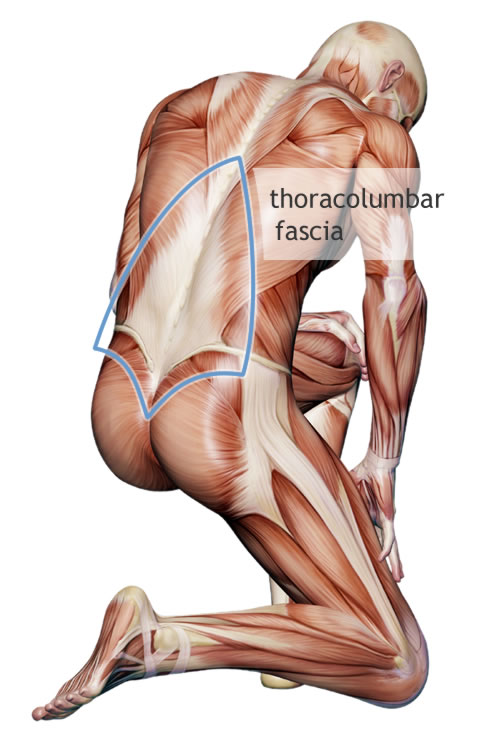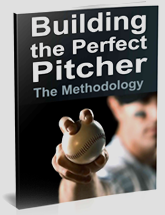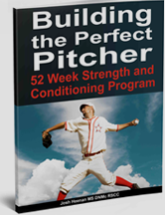Move Fast, Throw Hard, Live Well — Thoracolumbar Fascia, Pitching and Youth Athletics
2013 proved to be the busiest of years in all aspects of my life. A short list of events include: buying a house, getting engaged, moving my fiancé to another country, starting my Doctorate of Integrated and Natural Medicine, and seeing over 100% growth from 2012 in our performance and fitness division. On top of all of those things, I still manage to spend 10-20 hours reading research, blogs, and conduct case studies, because I truly love it and want to provide my clients and readers with the best information available.
The reason I write all of this is I plan to write, at minimum, once a week on any research, articles, cases or thoughts. As always, any suggestions or comments please provide below.
Without further adieu…
-
Thoracolumbar Range of Motion in Baseball Pitchers and Position Players

“Pitchers have a greater amount of rotation ROM towards the non-throwing arm side as compared to position players. Pitchers also have a greater amount of rotation ROM to the non-throwing arm side as compared to their throwing side rotation. Because pitchers often present with posterior shoulder tightness and subsequent altered shoulder horizontal adduction and internal rotation ROM, the increase in non-throwing side rotation ROM may occur in response to these adaptations. More specifically, this increase in non-throwing side trunk rotation ROM may allow such athletes to bring the arm across the body during the follow-through phase of the throwing motion despite posterior shoulder tightness.”Thoracolumbar fascia is a large, fibrous tissue located in our lower back that connects into our lats and glutes; a powerhouse for generating force in rotational athletes. In pitchers, I have often said that improved extension and external rotation of the arm will lead to more powerful pronation and velocity increases. This research gives added validity to rotational training in both directions to allow the non-throwing side trunk to create a larger lever to generate more trunk force and increase MPH.http://www.ncbi.nlm.nih.gov/pmc/articles/PMC3867070/ -
Overuse injuries and burnout in youth sports: A position statement from the American Medical Society for Sports Medicine
This is a must read for any coach or parent. A portion of the younger athletes I evaluate play one sport all year round, deal with nagging and long term injuries, and have many of the symptoms of burn-out. Worse part is when I pull the parent aside and explain how I think playing multiple sports “for fun” will be incredibly beneficial they often ignore the advice until the child has a serious injury.http://www.amssm.org/Content/pdf%20files/2014_OverUse_Injuries-Burnout.pdf”
-
Differences in physical fitness and motor competence in boys aged 6-12 specializing in one versus sampling more than one sport
The researchers found “multiple comparisons revealed that boys aged 10-12 years, who spent many hours in various sports, performed better on standing broad jump and gross motor coordination than boys specializing in a single sport.”http://www.ncbi.nlm.nih.gov/pubmed/?term=Differences+in+physical+fitness+and+motor+competence+in+boys+aged+6-12+specializing+in+one+versus+sampling+more+than+one+sport.
So… you’re saying that playing multiple sports will give my athlete a chance to be more powerful, more athletic, and help avoid long term physical and psychological dysfunction?
YEP!











Leave a Reply